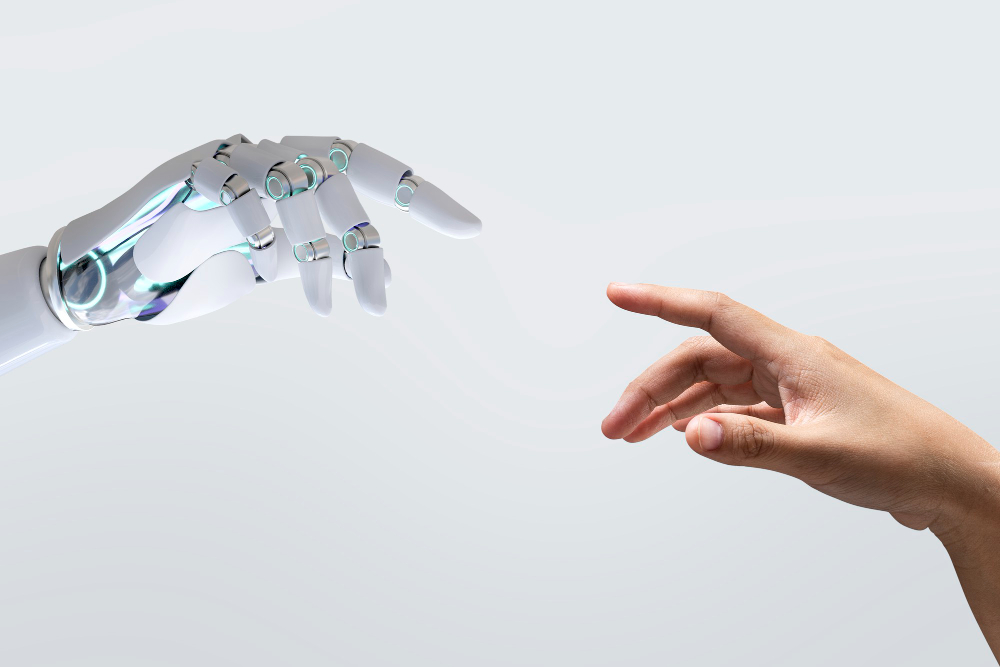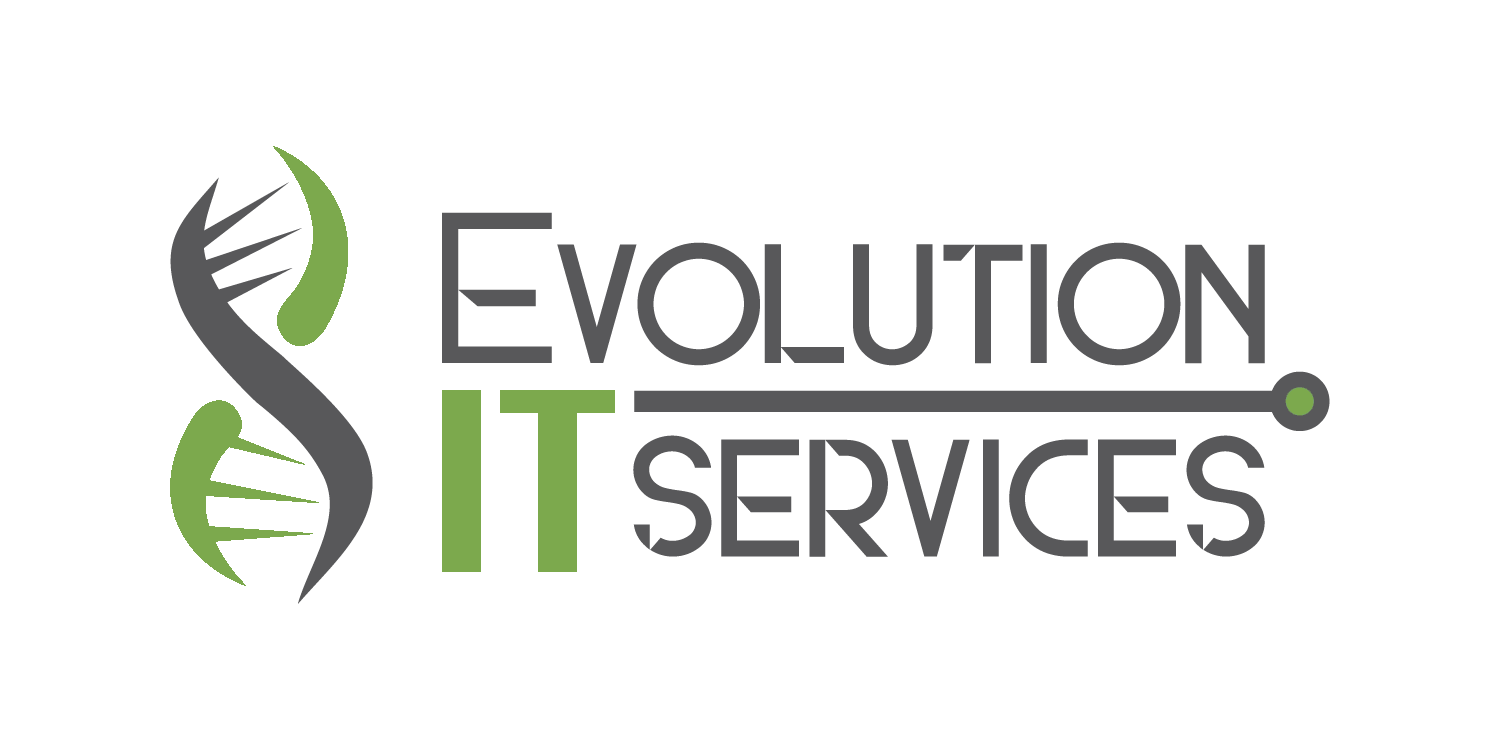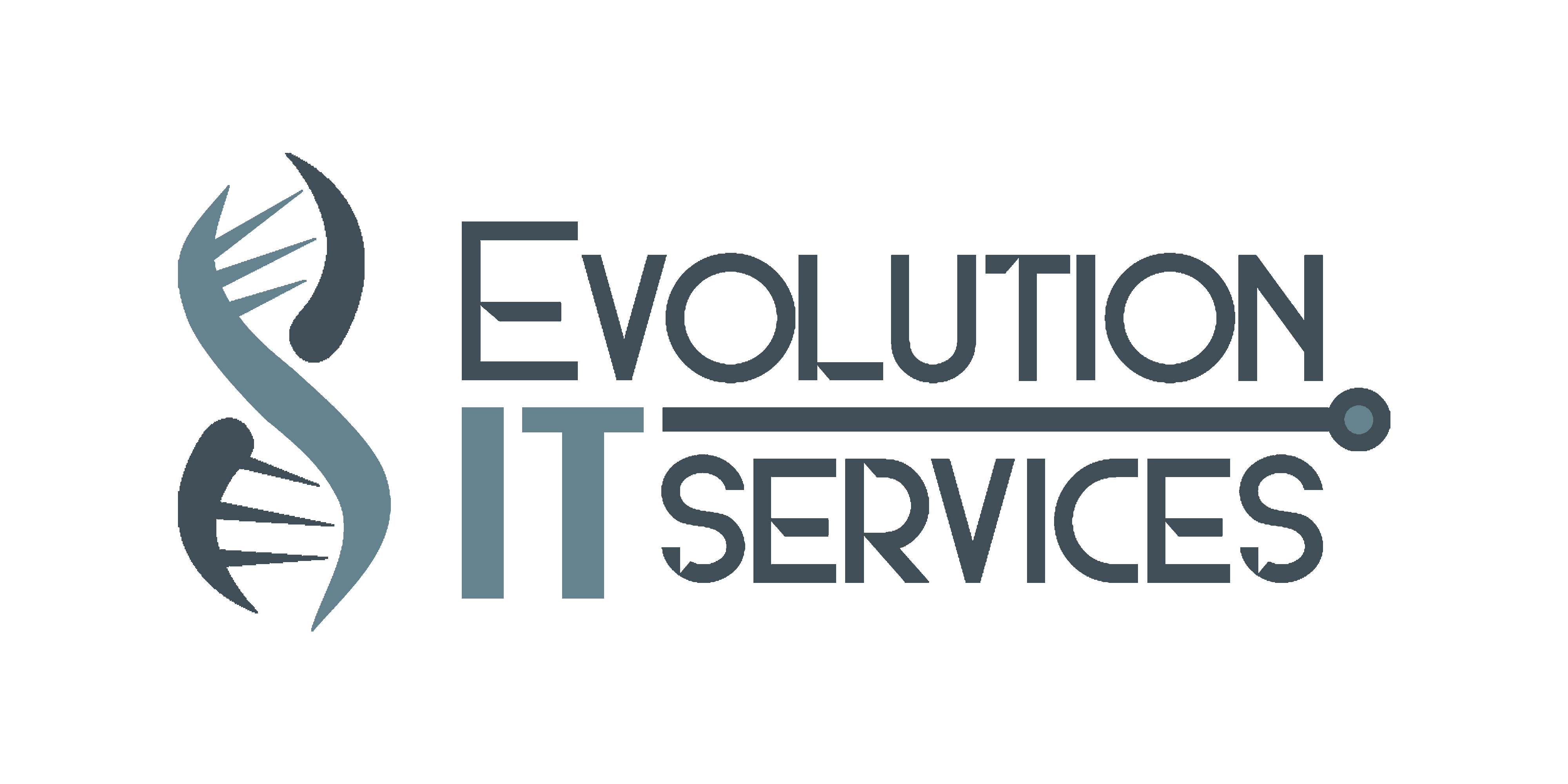
I. AI’s Future – Exciting or Excruciating?
Artificial Intelligence (AI) – sounds like a wild science fiction concept, right? But here we are, right on the brink of a world dominated by AI. Its potential is as staggering as it is exciting; transforming industries, redefining jobs, and reshaping the way we live. But hey, with all these high-tech wonders, we need to remember our humanity – empathy, fairness, and ethical integrity. So how can we balance these two aspects? This brings us to our main dish today – Responsible AI – a delicate dance between groundbreaking innovation and good old ethics.
II. AI’s Advent: A Whirlwind of Change
A. AI’s New Playground: Our Everyday Lives
Can you believe that not too long ago AI was a stuff of fantastical novels? Now, it’s everywhere around us. Those spot-on product recommendations while you’re shopping online, the promise of self-driving cars, and advanced medical diagnostics, AI has made itself at home in all these spheres.
B. The Forces behind AI’s Rapid Rise
Now, you might be wondering, what has propelled AI to this level of influence? The answer lies in the explosive growth of data, breakthroughs in machine learning, and a tremendous increase in computing power.
C. AI’s Magic Wand: The Power to Transform
It’s mind-blowing to see how AI is transforming our world. For instance, consider healthcare – machine learning algorithms are now predicting patient outcomes and suggesting treatments with jaw-dropping precision. In finance, AI is making its mark in high-speed trading, fraud detection, and risk assessment. It’s clear – AI is not just here to stay, it’s here to change the game.
III. The Other Side of AI: The Ethical Swamp
A. The Bias Bug in AI
Alright, let’s hit the brakes for a moment. AI isn’t all about shiny, impressive feats. There are some pretty hefty ethical dilemmas that we need to consider. Bias is a biggie – just like us humans, AI can fall prey to unconscious biases. If an AI system is trained on biased data, it might just end up perpetuating that bias. Sounds pretty concerning, doesn’t it?
B. The Privacy Puzzle
Then we have the issue of privacy. With AI systems getting smarter by the day, they’re also getting better at collecting and processing personal data. This raises some serious questions about how to protect our privacy in an increasingly AI-driven world.
C. The Automation Quandary: Jobs at Stake?
The fear of job displacement due to automation is another hot button issue. Yes, AI can create new job categories and boost productivity, but it might also push certain jobs into obsolescence. This could lead to some major societal and economic changes.
D. The Enigma of AI Decision-Making
Ever heard of the term ‘black box’ in relation to AI? It’s all about the challenges of understanding how an AI system makes certain decisions. This lack of transparency can be problematic, especially when these decisions significantly impact people’s lives.
IV. Ethical Missteps in AI: Some Real-world Examples
A. The Case of COMPAS
To fully grasp the gravity of these ethical dilemmas, we can turn to some real-world examples. Like the COMPAS software that was used for risk assessment in the U.S. criminal justice system. The software was falsely predicted Black defendants as future criminals at nearly twice the rate as their white counterparts. This glaring bias in AI decision-making led to an intense debate on the accuracy and fairness of using such tools in sensitive areas like criminal justice.
B. The Amazon Recruitment Fiasco
And then there was the Amazon’s AI recruitment tool. This had to be scrapped because it was biased against women, preferring male candidates over equally qualified females, because it was trained on resumes submitted to Amazon over a 10-year period, most of which came from men. Amazon had to scrap this project, which served as a stark reminder of how unchecked biases in AI systems can lead to unfair practices.
V. Responsible AI: Bridging Innovation and Ethics
A. Decoding Responsible AI
Responsible AI is a concept that’s all about ensuring AI systems are developed and used in a way that respects human rights and doesn’t cause unintentional harm.
B. The Pillars of Responsible AI
At the heart of Responsible AI are four key principles: fairness, transparency, robustness, and privacy. These principles are all about ensuring that AI is beneficial and respectful to all of us, without causing unintentional harm.
c. Inclusion of Opposing Views
While Responsible AI is generally seen as an urgent need, some critics argue that too much emphasis on ethics might stifle innovation. They contend that the market should decide the direction of AI development and that overregulation could hinder the growth of AI technologies It’s important to consider this perspective and find a balance that encourages technological advancements without compromising ethics and human rights.
VI. Strategies for Implementing Responsible AI: Turning Theory into Practice
A. Real-world Examples of Responsible AI
As abstract as Responsible AI might sound, many organizations are already integrating these principles into their operations. Google, for instance, has set out AI Principles that guide their product development and research. They’re committed to avoiding creating or reinforcing unfair bias and being accountable to people, among other principles. Another tech giant, IBM, is committing to transparency and explain-ability in their AI developments, making AI more understandable and less of a “black box.”
B. Mitigating Bias in AI
The road to Responsible AI isn’t without its bumps. One of the critical challenges lies in tackling bias. Several methods are being explored to reduce bias in AI, like de-biasing algorithms and using diverse datasets for training. Recognizing and acknowledging the historical and societal context of the data used for training can also help in identifying potential sources of bias.
Read more: Managed Service Providers
C. Legal and Regulatory Considerations
On the legislative front, countries are increasingly recognizing the need for legal and regulatory frameworks to govern AI use. These laws aim to provide guidelines for ethical AI development and use, and hold organizations accountable for the AI systems they deploy.
D. Privacy-Preserving Methods
Privacy is another critical challenge. To address this, privacy-preserving methods such as differential privacy and federated learning are gaining traction in AI development. These methods help protect individual data privacy when the data is being used to train AI systems.
E. The Importance of Representative Data
Using diverse and representative data in training AI systems is also an essential step in ensuring fair and accurate decisions.
VII. The Future of Responsible AI: Buckle Up for the Ride!
A. The Research Rollercoaster
Welcome Aboard the XAI Express In the rip-roaring world of Responsible AI, researchers are always cooking up something new. Take, for example, the latest hype: Explainable AI (XAI). The name might sound a bit fancy, but the idea is simple. It’s all about getting AI to explain its decisions in a way we humans can understand – think of it as Google Translate, but for AI language. This means we could peek inside AI’s mind, so to speak, and make sense of its reasoning. Cool stuff, right?
B. The Rulebook Rewrite: Building AI’s Highway Code
Then there’s the big discussion about setting some ground rules for AI. Imagine we’re all drivers on the AI superhighway, and we need some highway codes to ensure a smooth journey without any nasty crashes. These AI ‘highway codes’ would make sure everyone’s playing fair and using AI responsibly. And to make sure these rules are followed, many organizations are forming their own ethics committees – kind of like traffic cops for AI, ensuring everyone’s sticking to the speed limit and not taking any illegal shortcuts.
C. The Great AI Democracy: Power to the People!
Now, here’s something really exciting. The future of Responsible AI isn’t just about scientists and tech companies. We all get a say. That’s right – it’s all about making AI something that everyone can understand and weigh in on. By breaking down the barriers of complex jargon and making AI more accessible, we’re moving towards a future where everyone gets to have a voice in how AI is used and the ethical boundaries we set for it.
D. The Green Revolution
AI Goes Eco-Friendly And we can’t forget about the environment. Like everything else, AI needs to be sustainable. You see, training AI models can use a ton of energy, kind of like leaving all your lights on at home for days. That’s where ‘Green AI’ comes in – it’s all about finding ways to train AI to be smarter while using less energy. It’s just another part of making sure AI is responsible, not just to us, but also to our planet.
So, there you have it! The future of Responsible AI is quite a ride, filled with groundbreaking research, new rules, more public involvement, and a sprinkle of green thinking. We’re in for a few twists and turns along the way, but as long as we’re ready to tackle those challenges head-on, we’re all set for a future where AI not only makes our lives easier, but also respects our values and looks after our planet.



